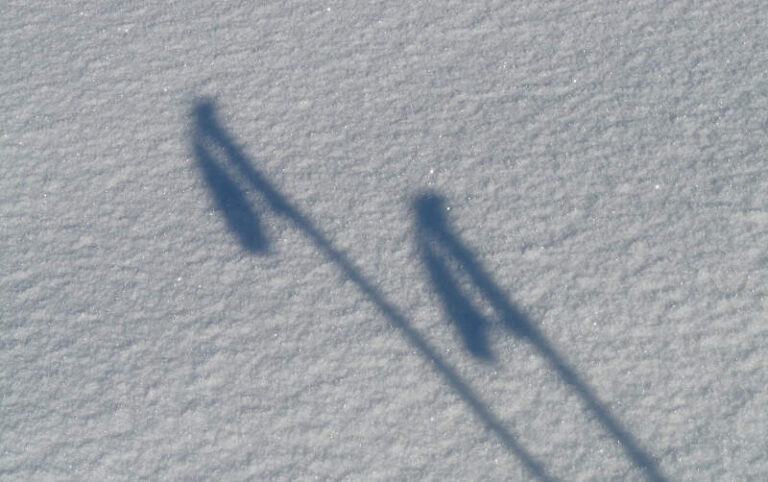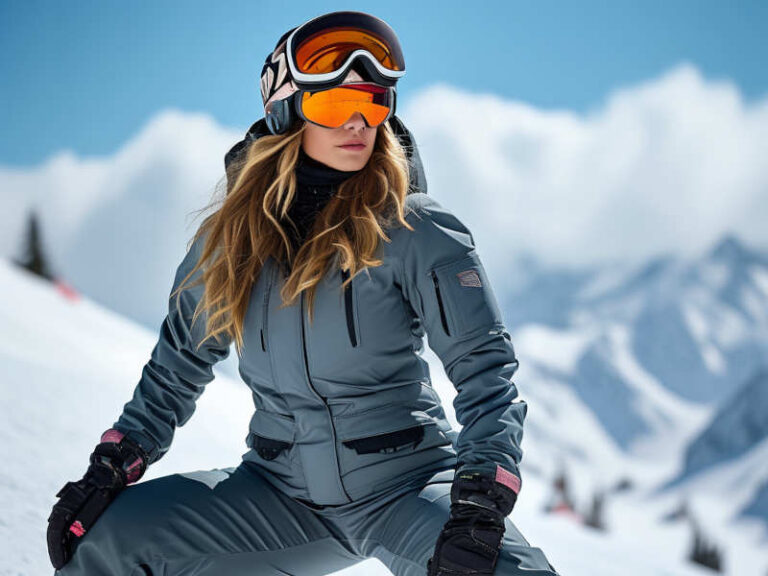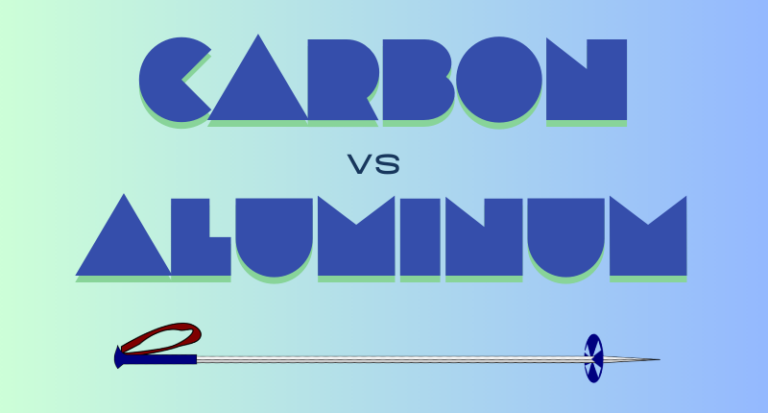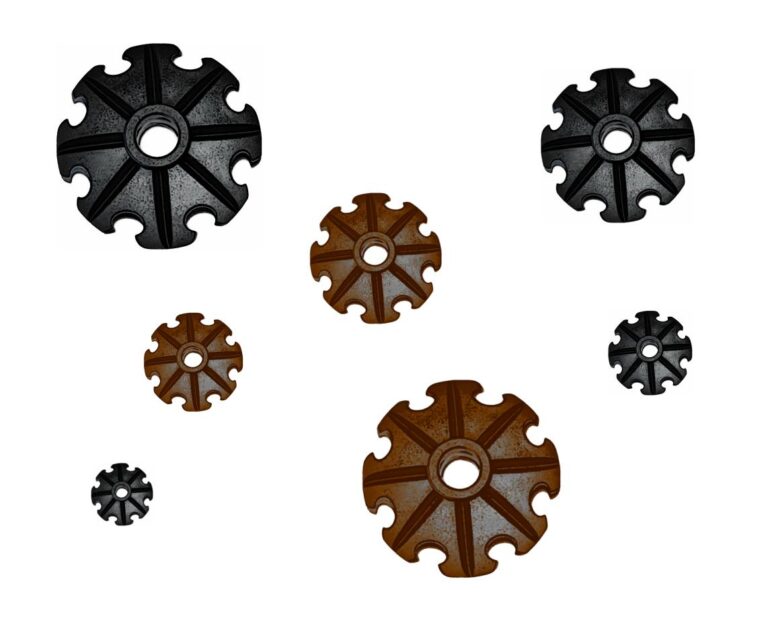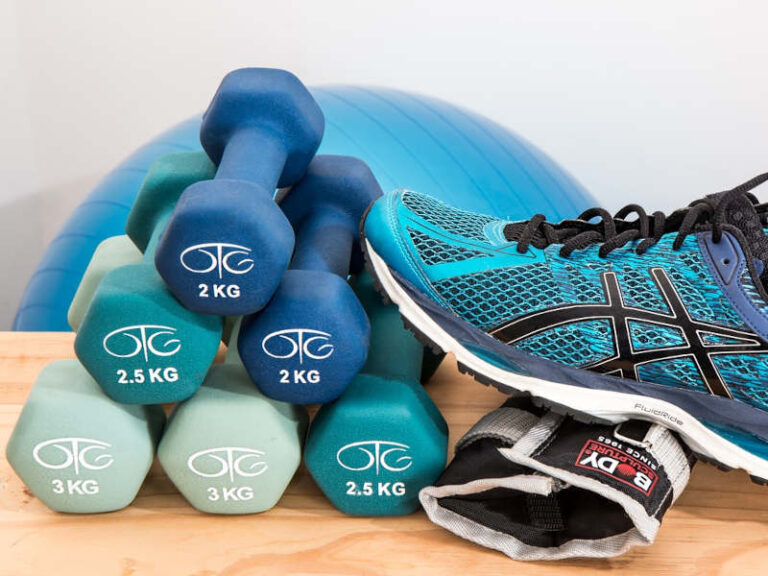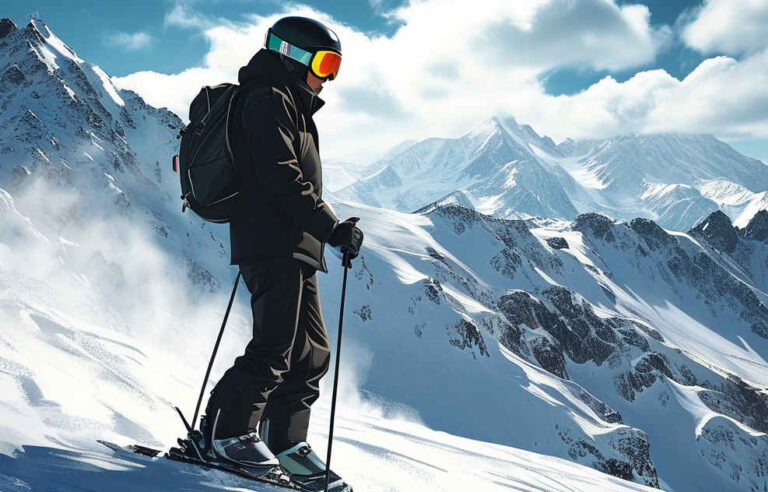What Type of Skis Are Best for Downhill Skiing Beginners?
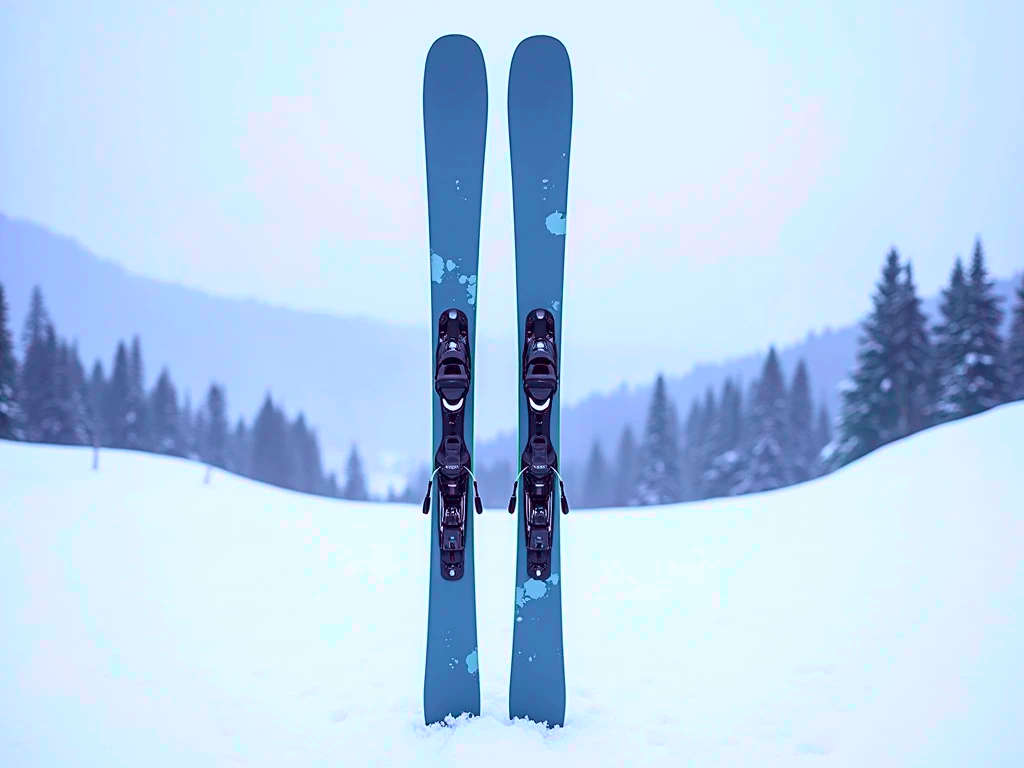
When you’re just starting out with downhill skiing, choosing the right skis can be the difference between an enjoyable learning experience and a frustrating day on the mountain. Beginner-friendly skis are designed with features that help new skiers find balance, stability, and confidence. As you gear up to make your first purchase or rental, understanding the fundamentals of ski design and what suits your skill level is key. Let’s dive into everything you need to know.
What Makes a Beginner Ski a Beginner Ski?
Beginner skis are all about forgiveness. In contrast to intermediate or advanced skis, which require more precision and skill, beginner skis are softer, more flexible, and easier to control. These skis are built to help new skiers turn with less effort, maintain stability, and recover from mistakes.
- Flexibility and Softness: One standout feature of beginner skis is their flexibility. A soft ski bends more easily when you lean into a turn, making it much more forgiving if your technique isn’t quite there yet. Advanced skis, on the other hand, are stiffer to offer better control at high speeds, but they’re harder to maneuver for novices.
- Turn Radius and Rocker Profile: Beginner skis often have a shorter turn radius, allowing for tighter and easier turns. They may also feature a rocker profile, which lifts the tips slightly to reduce the chance of catching an edge—essentially making skiing a little less intimidating.
If you’re just starting out, the aim is to get skis that feel like an extension of your feet, not unruly planks that demand perfect execution. Beginner skis give you that room to make errors and still enjoy yourself.
Differences Between Men’s and Women’s Skis
Ski manufacturers design men’s and women’s skis differently to cater to varying body structures and skiing mechanics. Women’s skis are generally lighter, more flexible, and often have their bindings positioned slightly forward. This adjustment considers the typically lower center of gravity and weight distribution in women.
- Flex and Weight: Women’s skis are designed to flex more easily under less force. Since women tend to weigh less than men of the same height, this construction allows female skiers to manipulate their skis more effectively. On the flip side, men’s skis are built to handle more weight and force.
- Mounting Point: By mounting the bindings slightly forward, women’s skis help compensate for anatomical differences and make turns feel smoother and more controlled. For men, the bindings are set back to accommodate the natural positioning of their mass over the skis.
That said, some women might find men’s skis more suitable, and vice versa, depending on body size and strength. It’s all about finding what feels best underfoot and supports your comfort on the slopes.
Trying Before You Buy: The Value of Demo-ing or Renting
You wouldn’t buy a car without a test drive, so why commit to a set of skis without a trial run? Demo-ing skis allows you to test multiple options before making a decision. Many ski resorts have demo days, or you can rent different types on successive visits to the mountain. This trial process is especially helpful for beginners who are figuring out what feels most stable and enjoyable.
- Comparing Models: While testing skis, pay attention to how different models respond to your weight shifts, turns, and speed. Take note of how well you can control the ski, whether it helps you feel confident, and if it works well with your developing technique.
- Get Expert Opinions: Chatting with rental staff or ski technicians can also give you insights into what makes each model unique. These folks know their stuff and can guide you toward the most suitable skis for your skill level.
Demo-ing a few pairs before buying helps ensure you’re investing in skis that will make your learning experience as smooth and fun as possible.
Skiing Styles and Finding Your Beginner Skill Level
Understanding your skiing style can further narrow down your ski options. Even as a beginner, you may already lean toward a specific terrain preference or skiing method. Here’s a breakdown:
- Piste (Groomed Runs): If you see yourself skiing mostly on groomed trails, you’ll want skis designed for carving smooth, consistent turns. These skis are generally narrower underfoot, making edge control easier.
- All-Mountain: For those who crave a bit of everything—from groomed runs to light powder and moguls—all-mountain skis are the way to go. They offer more versatility in varying snow conditions but still remain manageable for beginners.
- Freestyle (Park and Tricks): Maybe you dream of learning tricks in the terrain park. Freestyle skis are designed for jumping, spinning, and skiing backward, with twin tips that turn easily. While these aren’t the typical choice for beginners, if park skiing is your goal, choose a softer, easy-to-handle model.
Being honest about where you want to ski and your goals will help you pick the right equipment and progress faster.
The Importance of Flex in Skis
As mentioned earlier, flex is a crucial factor in choosing beginner skis. But what does it really mean, and why does it matter?
- Soft Flex Equals Easy Control: A ski’s flex rating describes how stiff or soft it is. Softer skis make it easier to initiate turns, absorb small bumps in the snow, and correct mistakes. As a beginner, this can boost your confidence and minimize fatigue.
- Progressive Flex for Learning: Once you get the hang of it, softer skis will guide you into carving and feeling the mountain’s terrain. Eventually, as your skills improve, you may outgrow these and want something with more rigidity. But for now, a forgiving ski is your best friend.
In short, more flex equals more fun and fewer spills, especially when you’re learning.
Length and Width: Finding the Right Fit
Selecting the correct ski length and width is critical. It affects your balance, turning, and overall control.
- Length: As a rule of thumb, beginner skis should come up somewhere between your chin and the top of your head. Shorter skis are easier to control and maneuver, which is ideal for novices. Longer skis may feel unwieldy and make learning harder.
- Width (Underfoot): The ski’s waist width affects how easily it can turn. Narrower skis (70-85mm) are great for groomed runs, while slightly wider skis (85-95mm) offer more stability in varied conditions. As a beginner, sticking with narrower skis will help you build confidence in your turns before experimenting with wider models.
Try to match your ski length and width to where you plan to ski most often for the best experience.
Where You Ski: Snow Conditions and Terrain
The type of snow and terrain you expect to encounter should also factor into your ski choice.
- Hard Pack and Ice: If your local mountains are known for hard-packed snow, look for skis with good edge grip and a narrow waist. These features make carving easier and give you more control.
- Powder and Soft Snow: If you’re lucky enough to learn in deep powder conditions, a wider ski will help you stay afloat. Just keep in mind that a wider ski is harder to maneuver for first-timers, so there’s a trade-off.
- Variable Terrain: For those skiing in areas with mixed conditions, an all-mountain ski offers the best versatility.
Your environment plays a huge role in your learning curve, so tailor your skis to the typical conditions you’ll face.
Ski Maintenance: Tuning and Care
Taking care of your skis will keep them in top shape, ensuring consistent performance. Well-maintained skis will last longer and perform better, helping you make the most of your investment.
- Regular Maintenance: It’s essential to keep your skis sharp and waxed. A sharp edge helps you carve more efficiently, and a well-waxed base glides better over the snow. You can get your skis professionally tuned every 4-6 ski days, but if you ski frequently, learning to tune them yourself can save time and money.
- Storage Tips: At the end of the season, clean and dry your skis before storing them in a cool, dry place. This will prevent rust and keep your skis in good condition for your next adventure.
- DIY Maintenance: If you’re feeling adventurous, a basic tuning kit can help you wax and sharpen your skis at home. Just be careful not to overdo it; a few instructional videos and some practice will go a long way. Check out this one to get you started
How Long Can You Use Beginner Skis?
Beginner skis are designed to be outgrown. You’ll likely feel ready for a change once your skills advance and you start skiing faster or tackling more challenging terrain.
- Signs You Need to Upgrade: If your current skis start feeling too soft or wobbly at higher speeds, or if you’re venturing into off-piste terrain more often, it’s probably time to upgrade. Advanced skis will give you the performance and stability you need for the next level.
- Holding On to Beginner Skis: That said, there’s no rush. Keep using your beginner skis until you feel limited by them. If they still bring you joy and confidence on the slopes, stick with them.
Skiing should be fun, so don’t pressure yourself into moving up until you’re truly ready.
Brand Recommendations for Beginner Skis
Here are some tried-and-true options from well-known brands for the 2024 ski season:
- Rossignol Experience 76: These skis are versatile, easy to turn, and offer excellent edge control for those just starting out.
- Salomon QST Access: With a lightweight construction and forgiving flex, these are great for beginner to intermediate skiers who want to explore the whole mountain.
- K2 Mindbender 85: These skis provide a balance of control and versatility. With a slightly wider waist, they handle well on groomed runs but give you the confidence to try light off-piste terrain as your skills progress. They’re forgiving and fun, perfect for building your carving technique.
- Atomic Vantage 75 C: Known for being lightweight and easy to handle, the Atomic Vantage 75 C skis feature a carbon mesh that adds a touch of stability without making them feel stiff. They’re ideal for skiers who want a smooth and controlled experience on groomed slopes.
- Head V-Shape V2: If you’re all about mastering your turns, the Head V-Shape V2 skis are a solid choice. With a shorter turn radius and easy-to-control profile, these skis are excellent for beginners who want to feel secure while learning to carve. Their lightweight design makes them approachable and fun to maneuver.
- Elan Wingman 78 C: These skis are great for beginners who want to get the hang of carving while still exploring different parts of the mountain. They’re forgiving yet stable, thanks to a mix of lightweight materials and an innovative profile that makes turning intuitive.
Each of these models is beginner-friendly, offering the balance of flexibility and control that new skiers need. Always remember to try out different skis if possible to see which ones feel best for your style and preferences.
TL:DR – Your Guide to Finding the Best Beginner Skis Summary
Choosing the right skis when you’re a beginner isn’t just about picking something shiny off the rack—it’s about setting yourself up for success on the mountain. Beginner skis stand out from their intermediate and advanced counterparts because they are softer, more flexible, and designed to help you build your confidence with every run. The right skis will make turning easier, offer forgiveness for mistakes, and reduce the likelihood of catching an edge.
Understanding the differences between men’s and women’s skis can also help you make an informed decision. Women’s skis generally feature lighter, more flexible constructions and have bindings placed forward to support a different body structure, while men’s skis are built for greater force and weight distribution. Whichever you choose, ensure the skis work with your natural movements and feel comfortable underfoot.
Trying before you buy, or “demo-ing” skis, is an invaluable step in the buying process. Renting different models lets you compare and contrast how they handle turns, grip the snow, and respond to your technique. You’ll get a firsthand feel for which skis help you feel secure and in control.
Your skiing style and where you plan to ski also matter. Whether you’re sticking to groomed trails or venturing into light powder, there are skis tailored to your needs. Flexibility and proper ski length are essential factors, as softer and shorter skis make learning smoother and turning easier. The snow conditions and terrain you encounter will influence your choice, so take your local mountain’s typical environment into account.
Maintenance is another key to enjoying your skis long-term. Keep them waxed, sharpened, and store them properly at the end of the season. While professional tuning is recommended, basic at-home care can extend the life of your skis and save you money.
And how long can you stick with beginner skis? The answer depends on your progress. If you start feeling limited by your skis’ performance as you gain more experience, it may be time to consider upgrading. However, there’s no rush—stay with your beginner skis until you feel genuinely ready to move on.
We’ve highlighted some of the best beginner ski models, including the Rossignol Experience 76, Salomon QST Access, K2 Mindbender 85, Atomic Vantage 75 C, Head V-Shape V2, and Elan Wingman 78 C. These brands offer the stability, control, and forgiveness you need to build a strong foundation in skiing.
Final Thoughts
Downhill skiing is all about finding joy in the slopes, and picking the right beginner skis is the first step toward a fantastic experience. With the right gear, you’ll feel confident as you carve down trails, turn effortlessly, and grow your love for the sport. Take your time, test out different options, and invest in skis that make you feel comfortable and in control. Skiing is a journey—so let your equipment support your progress, from that first wobbly ride on the magic carpet to nailing your turns with a smile.

by: Blair Fontana
A versatile freelance content creator known for her engaging writing style and diverse range of interests. Blair has carved out a niche in lifestyle writing, captivating her audience with insightful articles… read more

